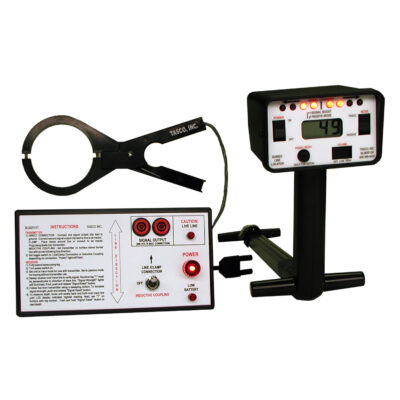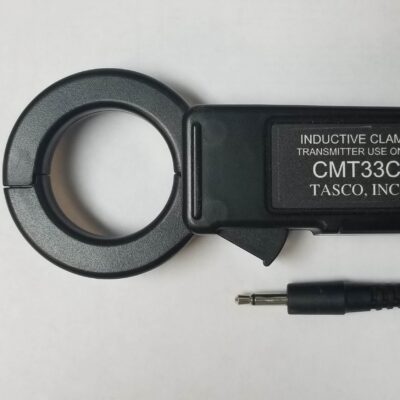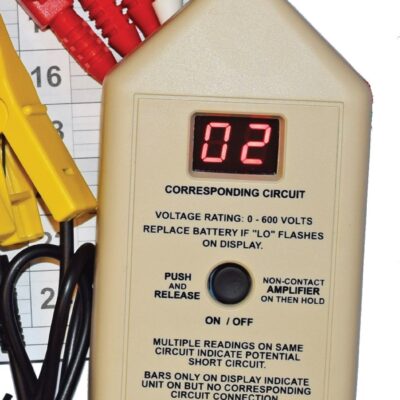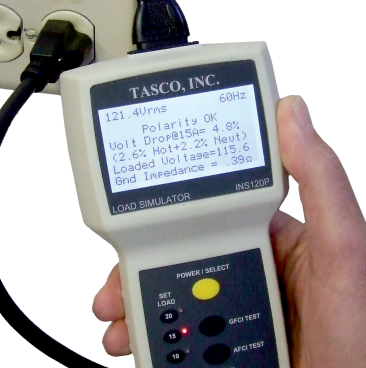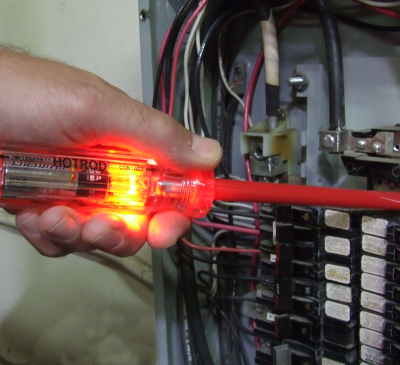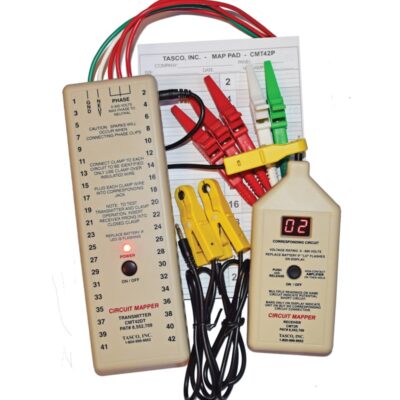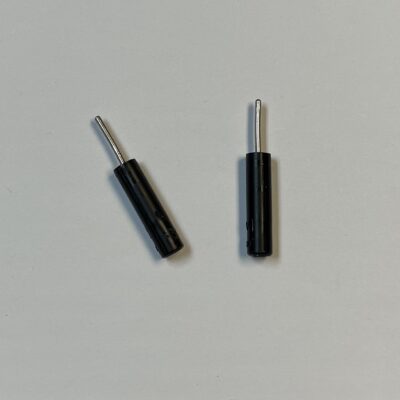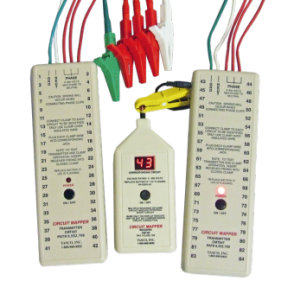 When there is a need to upgrade, repair or modify electrical circuits, the first step is to identify where each circuit goes. This is often a tedious chore because conventional circuit testers can only handle one circuit at a time. While this is fine for a one-off repair, it’s not much use to professional electricians who frequently have to trace more than one circuit.
When there is a need to upgrade, repair or modify electrical circuits, the first step is to identify where each circuit goes. This is often a tedious chore because conventional circuit testers can only handle one circuit at a time. While this is fine for a one-off repair, it’s not much use to professional electricians who frequently have to trace more than one circuit.
The Circuit Mapper from Tasco represents a complete break with traditional systems and is the only circuit tester available that gives electricians the ability to easily, accurately and efficiently identify all circuits fed by a load center.
Common Circuit Tracing Methods
The common method of tracing a circuit is to insert some sort of transmitter into a socket, and using a receiver, to identify which breaker feeds this circuit. Most units use a tone generator, and the receiver is held above each breaker in turn until the right breaker is identified. One of the problems with this approach is that it may take two or three attempts to identify the right breaker, and because of receiver sensitivity issues, great care is required to make sure the right breaker is chosen. Also, many entry level units can only be used on 120 volt circuits and are useless for 208 or 240 volt circuits.
Back to Front
This conventional approach to circuit tracing is, to a certain extent, back to front, and when more than one circuit is being traced, it is tedious. Also, it is subject to error. A far better way to trace circuits is to start at the distribution panel and identify which outlets are fed from each breaker. This method, which allows electricians to map out the all circuits, is fast and does not take much more time than mapping just a few circuits in the old-fashioned way.
Using Circuit Mapper to Properly Identify All Circuits
Tasco’s approach to circuit mapping starts at the distribution panel. A Current Transformer (CT) is clipped over each outgoing live wire and attached to a digital transmitter. Each CT is plugged into a numbered socket so the transmitter can send a coded digital signal through that circuit.
The receiver probe is plugged into the hot wire of each socket, and it reads the code, identifying which breaker is feeding the socket. For 240 volt circuits, the receiver is plugged into each side of the socket. In this way, it’s possible to accurately and quickly identify each circuit safely. A convenient Map Pad lets you record the circuits as you go, and this document can be used as the circuit directory that’s required by the NEC. If it’s not possible to reach the hot wire, the receiver’s built-in amplifier will pick up the transmitter’s signal as long as the probe is placed over or close to the hot wire.
Getting It Right First Time
Using the Circuit Mapper, it’s possible to map out circuits correctly the first time round. The receiver’s bright LED displays the circuit number and there’s no guesswork involved. Tasco’s model range includes transmitters designed for 24, 42 and 84 way load centers; electricians can select the model best suited to their requirements and, if the panel’s capacity exceeds the number of channels on the transmitters, there’s no problem because the mapping can be done in two stages.
Another big advantage of the Circuit Mapper is that it can be used even if the load centre is not live. Its innovative design does not require mains power. This is a boon during building construction as it makes it possible for electricians to verify wiring before panels are energized.
